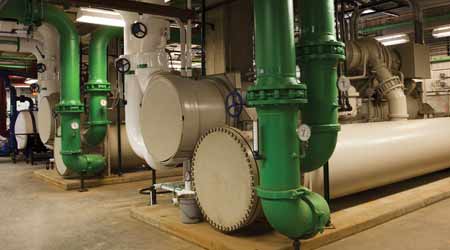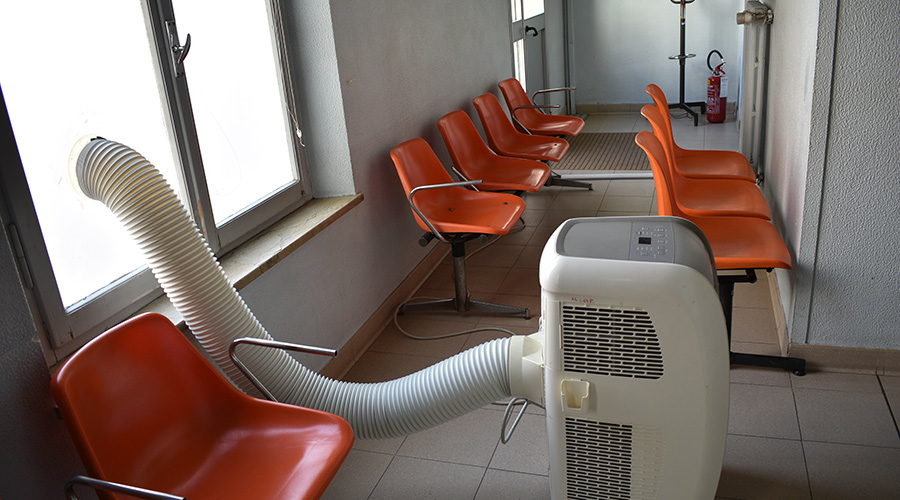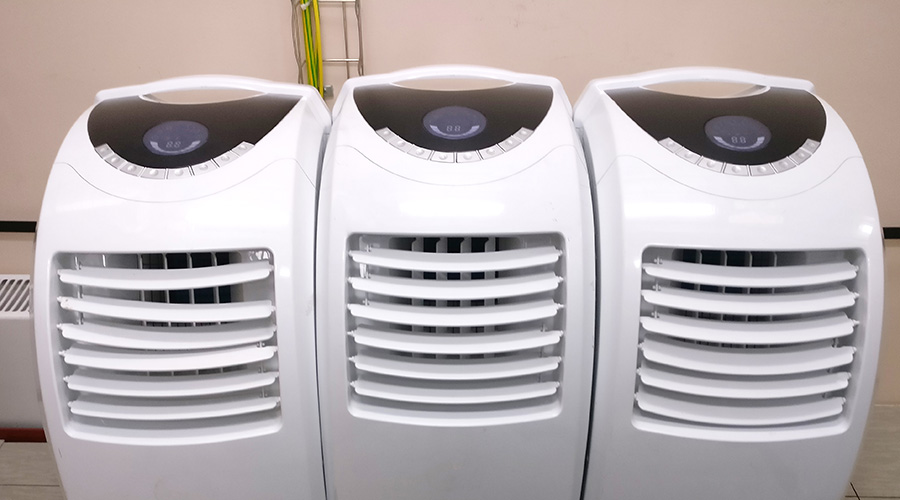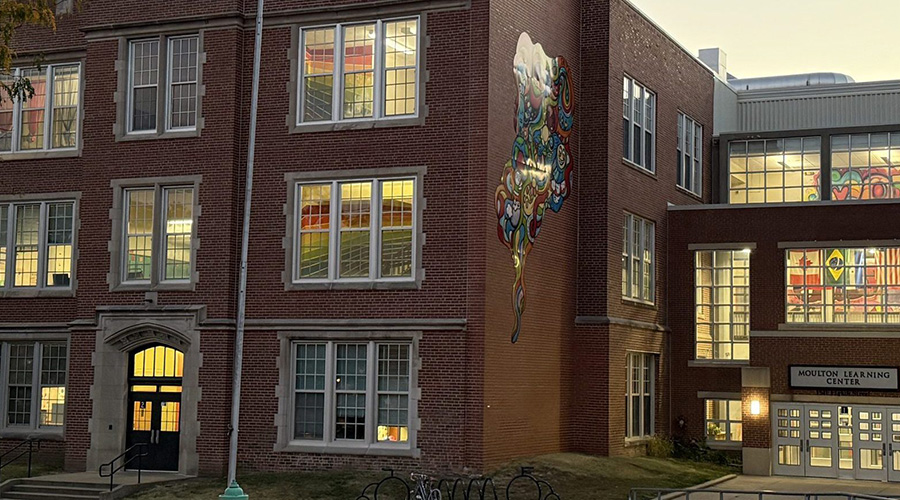 Simply replacing an existing chiller with a new, higher-efficiency model might be the easiest solution, but it can cause problems if not done correctly.
Simply replacing an existing chiller with a new, higher-efficiency model might be the easiest solution, but it can cause problems if not done correctly.Chillers: Understanding System Selection
Focusing on cooling needs, smart maintenance and refrigerant issues can help managers deliver long term savings.
Unreliable, inefficient cooling systems can cause nightmares for maintenance and engineering managers by ravaging budgets due to continuous maintenance needs and high energy costs. Whether a manager is upgrading the existing infrastructure of an institutional or commercial building or starting fresh with new construction, implementing a comprehensive system for a particular facility is imperative to avoid long-term inefficiencies and complications.
In both newly installed and existing chillers, correct refrigerant management also is essential for keeping chillers operating at maximum productivity. Upgrading existing chillers or implementing a new, efficiently designed system can provide a facility with a more robust HVAC infrastructure that saves both time and money.
System selection
Replacing existing chiller systems with newer, higher-efficiency equipment can cause more problems in the long run if not done correctly. When given the opportunity to upgrade a chiller system, managers should take a step back and look at the opportunity holistically. Simply swapping out an old chiller for a new model might be the easiest solution, but it offers minimal benefits. Analyzing a facility’s cooling needs, maintenance capabilities, and space restrictions can provide alternative solutions that can deliver additional cost savings.
Managers can determine the necessary chiller size by trending a building’s cooling load throughout the year and by understanding changes in cooling loads. If a facility’s cooling load tends to be relatively variable, managers can consider a chiller bank, which uses several chillers and keeps each one at full load by staging them on and off through the use of a building management system or chiller sequencer.
This strategy allows managers to maximize each chiller’s energy efficiency and provides redundancy. It also avoids chillers operating at minimal loads, which in most cases is the most inefficient operation of a chiller in terms of kilowatts (kW) per ton of cooling created. Using a chiller-bank system also offers the opportunity to minimize run-time hours on chillers. Using a lead/lag sequence to equalize run time across each individual chiller spreads out run time when the system is not at full cooling load.
Depending on a building’s cooling load, a different type of chiller might be more appropriate and reduce equipment needs. An air-cooled chiller removes the need for additional cooling towers, which in turn simplifies equipment maintenance and reduces the equipment footprint and energy use. Exterior-mounted, air-cooled chillers can be less efficient than centrifugal chillers, but they might offer greater savings on operations and maintenance costs and free up valuable space within the facility. Upgrading pumps, variable-frequency drives, piping layouts, and system controls also might reduce system energy use.
Managers also should explore ways of minimizing unnecessary friction and energy losses related to the piping infrastructure. Buildings that have had additions or renovations might have unnecessary or inefficient piping layouts that are not properly insulated. Properly insulating piping and simplifying the piping layout are simple energy-saving opportunities when possible.
Adding control and monitoring capabilities also can help decrease operations, maintenance and energy costs. Using system trending can provide insights into when the system might need preventive maintenance (PM) and alert system operators to mechanical issues that arise. Adding reset schedules to setpoints based on building occupancy and outside air temperature also can provide substantial savings over time.
Related Topics:














